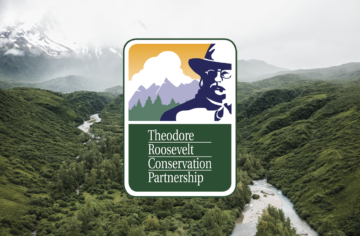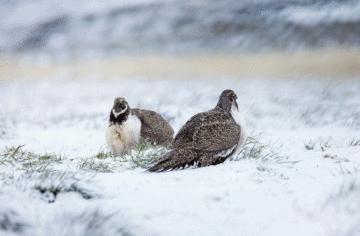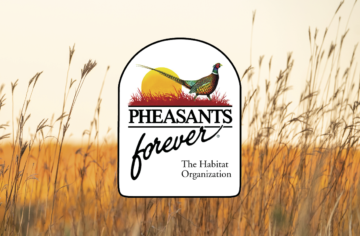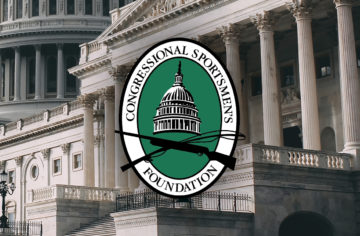Conservation
Filed In: Conservation, news
In the latest global climate report, scientists have a sobering message about fish and wildlife habitat reaching a tipping point....
Filed In: Conservation, news
Five Impacts of Western Drought That Have Nothing to Do with Fish...
Filed In: Conservation, news
Some say introducing birds raised on game farms will hurt the wild sage grouse's ability to survive...
Filed In: Conservation, news
Five Impacts of Western Drought That Have Nothing to Do with Fish...
“If I have seen further than others it is because I was standing on the shoulders of giants.” – Sir Isaac Newton "Some giants are metaphorical while others fit the physical expectations. A ra...
Filed In: Conservation, news
IMPROVE YOUR SUCCESS WHEN HUNTING PUBLIC LANDS THIS FALL...
This month’s guest is Mr. Pen DeVries, a native of Zimbabwe (formerly Rhodesia). DeVries spent his formative years on a 30,000-acre game reserve in Rhodesia but recently moved to southwestern Oklaho...
Filed In: Conservation, news
Sportsmen’s conservation policy issues from public lands access for recreation to forest management to sportsmen’s recruitment and retention – and much more. Bringing you need-to-know informatio...
Filed In: Conservation, news
IMPROVE YOUR SUCCESS WHEN HUNTING PUBLIC LANDS THIS FALL...
Filed In: Conservation, news
10 Conservation Achievements We're Proud of in 2021...
















